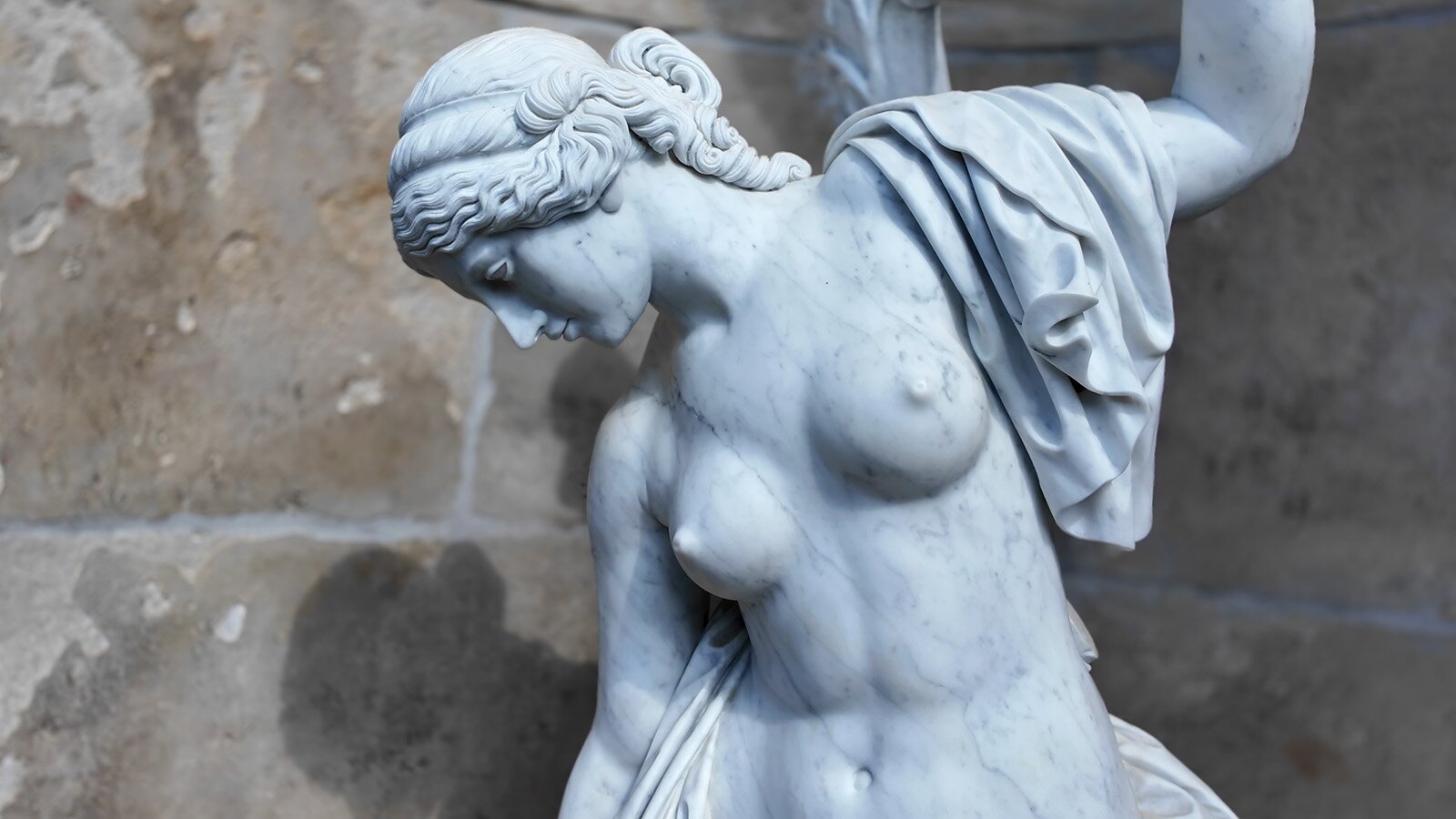As a photographer, I work daily with skin, with colors, with beauty. And I've noticed: What we consider flawless and desirable can be viewed as a flaw elsewhere. In my work, I meticulously ensure that my models' skin has a warm, sun-kissed tone. We photographers don't call it the "Golden Hour" for nothing — those magical minutes just before sunset when the light bathes skin in honey-warm tones.
Yet while we in the West chase after tans, Asian tourists stroll along Frankfurt's Main riverbank with special rain- uh sorry, parasols. These are lined with a special UV-reflecting coating — high-tech in the fight against even the smallest ray of sunlight. In Asia, flawlessly white skin is considered a sign of nobility, culture, and social status.
Why don't you go out in the sun?
This cultural difference reminds me of my own childhood. The well-meaning advice came as reliably as sunburn: "Why don't you go out in the sun!" Well, I was already there. With SPF 30, which works on me like a suit of armor against UV rays. My skin responded to all tanning attempts at best with a shy pink that would transform back to the color of a North German winter sky after a few days.
The origins of our Western longing for tanned skin are surprisingly recent. Until the early 20th century, pale skin was also considered a status symbol of the upper class here. Those who were tanned had to work outdoors. A clear sign of lower origins.
Only when the Industrial Revolution drove more people into factories did the sun-tanned complexion become a privilege of the leisured class. In the 1920s, the social ideal began to shift as leisure time and outdoor activities became increasingly attractive to affluent society.
Today, in times of globalization, these different ideals collide. In my photo shoots, I regularly experience how models from different cultural backgrounds have completely different ideas about their "best side."
While some roast themselves on tanning beds in winter as if there's no tomorrow, others wrap themselves in more sun protection than an astronaut heading toward the sun.
